When moving to a new place, you need to organize the relocation thoroughly and plan all steps – from moving supplies to hiring long distance movers. Since changing the address is a major life change, you should be familiar with how to change voter registration. If you fail to update it accordingly, you won’t be eligible to vote on Election Day.

Pre-moving tasks are challenging and back-breaking. Everyone who has moved at least once in life knows that. Dealing with some questions such as where to get free moving boxes, how to find reliable long-distance movers, how to get a job in another state before moving there, or what is the cheapest way to move out of state are just some of the many tasks on your moving to-do list.
Every relocation has its preliminary steps, the relocation process itself, and the period after the move. To perform each stage properly, you should be familiar with moving tips and handy relocation hacks. Luckily, there are plenty of words of advice you can follow to make your relocation as smooth as possible. But, to continue with your everyday life in your new surroundings, which includes the possibility of going to the polling booth, you need to keep your voter record information up-to-date.
So, let’s find out how to change your voter registration when you move.
What Are Basic Voting Regulations
Changing your voting address is a demanding task, almost as moving out for the first time or trying to get a job in a new city. So, in addition to long-distance moving, packing, and thinking about the best time of the year to move, you need to update your records with your new address if you want to be eligible to vote when the election date comes. This is because your electoral information is tied to your home address. Also, this must be done in the case of changing your name or political party affiliation.
Yes, you can change your address info at the Department of Motor Vehicle (DMV) or filing the United States Postal Service Change of Address Form, but this won’t update your information automatically. Procedures and policies vary by states, but some statements are consistent throughout most states:
- Voters are obliged to register to vote before a poll – deadlines can be up to 30 days before Election Day. The exception is North Dakota, which doesn’t register voters. If you’re an eligible resident of this state, you’re already allowed to vote.
- Most states require you to be at least 18 on or before Election Day to register, while some (like Colorado, Illinois, Iowa, Louisiana, and some others) allow this to 16 or 17 year olds. Others have a pre-registration option if you still don’t have 18 (District of Columbia, Hawaii, Kentucky, Maine, etc.) To be sure what your state’s age requirements are, checkgov website before a poll.
The place of voting in most states depends on your voting address. That’s another reason why you should keep your info up-to-date and prevent additional moving stress.
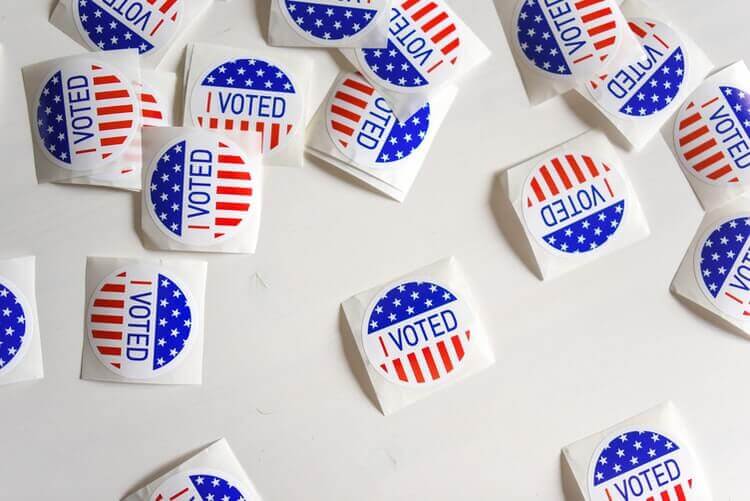
Voter Registration Deadline in Your State
Some things should be your priority in the post-relocation period, such as finding ways to change your address, which is directly related to your voter record deadline. If elections are approaching, this is something that should be done immediately after unpacking and setting aside your packing materials for moving in the attic.
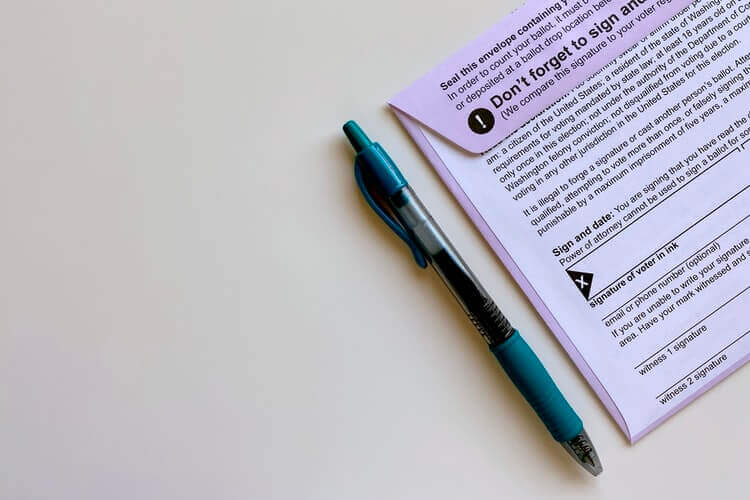
Find out How to Change Voter Registration in Your New Place
There are four possible ways to register to vote, and which one will be available to you depends on the state you’re moving to. Let’s find out more details about your options to help you choose what suits you best.
You Can Register to Vote Online When the Election Day Arrives
Voting online is allowed in 37 states and the District of Columbia. If your state has this online option, this can be the easiest way to make necessary changes. You just need to follow these steps:
- Visit gov
- Find your state, select it, and click “find out how to register”
- Follow the link that leads to the election site of your state and start the registration process
Mail-In Registration
Go to eac.gov and fill out the National Mail Voter Registration Form. All states will accept this form except Wyoming, New Hampshire, and North Dakota. If you can’t download this form, contact your state or local election office.
In-Person Voter Registration
For this solution, you need to visit your local poll office in person, but some states allow you to make the changes at the local DMV as well. Visit this website to find the address for your state or local election office.
Questions Related to Changing Voter Address
Whether you’re moving for love or due to a new job opportunity, you’ll have so many things on your mind. Some of them may be creating your college packing list or finding the appropriate packing tips for moving (or even tips for moving out of state) and that’s why you may forget to change your voting address. Keep in mind that this process takes time, so it’s important to plan these changes accordingly.
When to Change Your Voting Info
In most states, the deadline is from two to four weeks before Election Day, so it’s advisable to check your state’s deadline at least eight weeks before the elections. A week before the deadline, don’t forget to verify your recording status. Sometimes it happens that you need to file out a new registration form or update your personal information.
Where You Can Change the Necessary Information
In addition to the options we mentioned before (online changes, by email, in person, or visiting DMV), you can perform necessary up-to-date changes at armed services recruitment centers and state or county public assistance offices.
What Happens Next
In order to cancel your previous polling location, the poll officials will ask you where you were registered to vote. This way, your voter records will be up-to-date and in accordance with your current home address, so you could continue voting in the future regularly.
How Long These Changes Take
Most states will send you voter registration cards confirming your successful changes within five to seven weeks after receiving your info needed to update. Also, you can check whether you’re eligible to vote by visiting this website.
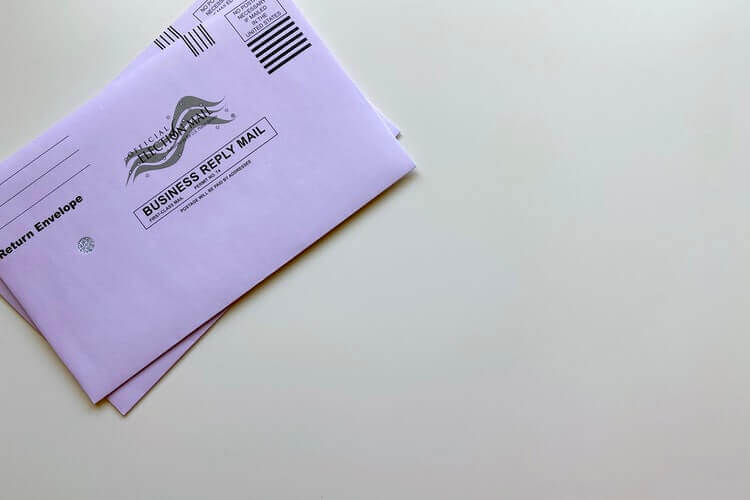
What Is a Provisional Ballot
Also known as “challenge ballot” or “affidavit ballot”, this ballot ensures that you, as a voter, are not excluded from the voting possibility because of administrative error. Simply put, if you arrive at your polling place on the Election Day and officials determine that your eligibility to vote is uncertain, they will offer you a provisional ballot instead of a regular ballot. It’s kind of a fail-safe mechanism during the elections. Within the days of the poll, the validity of the ballot will be determined.
If you’re wondering what are the most common reasons for using provisional ballots, we’ll single out several situations:
- When a voter’s name is not on the registration list or poll
- If it’s impossible otherwise to establish the voter’s eligibility
- When poll officials have challenged the voter’s eligibility or identity
- If an elector doesn’t have the required identification to vote
- When elector claims that he requested a provisional ballot, but he/she didn’t receive it
- If the voter’s address/name has changed, but this change wasn’t noted in the registration records.
Which States Do Not Use Provisional Ballots
Some states, such as New Hampshire, Minnesota, Idaho, Wyoming, Wisconsin, and North Dakota, do not use provisional ballots. These states are not prohibited from using these ballots, but they are not required to offer them to voters.
For example, North Dakota uses the provisional ballots in the case of extended hours at a polling place. Wisconsin uses them for same-day registration when an elector doesn’t have required identification. The similar goes for Wyoming, while other states (Idaho, Minnesota, and New Hampshire) do not use these ballots at all.

Paperwork Needed to Register to Vote
The accurate documentation varies by states, but a general rule of thumb is that your state ID or state-issued driver’s license will be just fine. You also can check online what paperwork your state requires.
Here’s the list of other forms of documentation often accepted to register to vote:
- The US passport
- Student ID card
- Public benefit card
- Employee ID card
- Veterans ID card
- The US Military ID card
- Copy of your US birth certificate.
It’s good to know that most states require a document with your name and photo, but there are cases when only your address is sufficient. Even more, some will allow you to use a sworn statement of your identity.
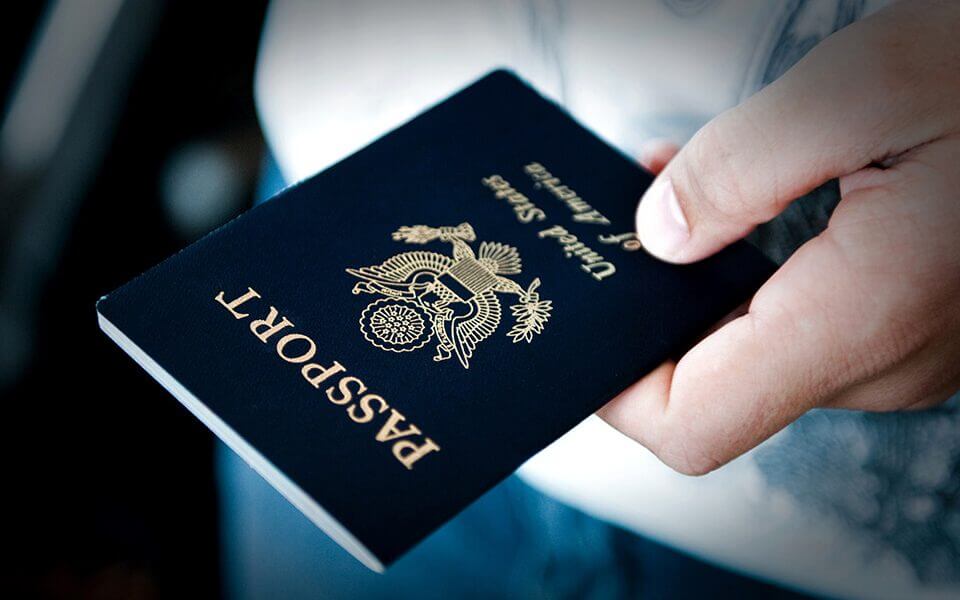
What About Citizens Living Abroad
Suppose a military move is a regular part of your life due to your military service. In that case, the Federal Voting Assistance Program allows you to register and request an absentee ballot. This also applies to the spouse or eligible family member of a military member stationed overseas.
The US citizens living abroad must submit a Federal Post Card Application (FPCA) to the local election office-holders every year. Once they do that, they can expect an absentee ballot via mail or electronically.
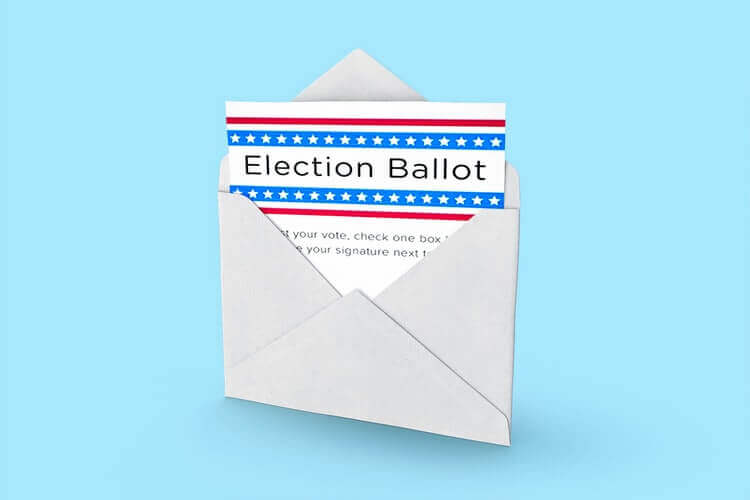
Each State Has Its Own Regulations, Rules, and Deadlines Related to Elections – Find Out Requirements to Vote in California
Californians must be registered to vote at least 15 days prior to elections. Still, if you’re a newbie in California and looking for ways to make friends in a new city, you don’t need to worry if you forget to change your address after the deadline. According to the state’s law, some people are allowed to register and go to the poll even when they do not fulfill the requirements related to voting procedures. These people are:
- New citizens of the US
- New residents in California
- Citizens who conditionally register to vote.
What Is California Motor Voter
Thanks to the California Motor Voter program’s help, your registering process at DMV will be more convenient. If you complete your info changes in person, online, or by mail at DMV, you’ll be automatically registered by the California Secretary of State. Of course, you can opt for automatic voter registration.
This program applies to Californians 18 or older, but they need to meet the following criteria:
- They must be the US citizens and residents of California
- Not currently in prison or convicted of a felony
- They should be declared mentally competent to vote by a court.

Be Ready for Upcoming Elections
Organizing long-distance relocation includes many tasks on your to-do list. Some are pleasant, such as throwing a moving away party or thinking about things you need for your first apartment. On the other hand, you can experience dealing with the most commonly forgotten things to pack or tasks that should be done after settling down. How to change voter registration is definitely one of them.
Depending on the state’s rules and procedures you’re moving in, you’ll have a larger or smaller window of time. Research your prospective state and be informed about all the necessary details related to the process of registration. If you update all your info in time, you’ll have a piece of mind when Election Day comes. Besides paying taxes and following the law, voting in elections is essential to good citizenship. So, head to your local poll officials, and ask them to help you check your registration records.






